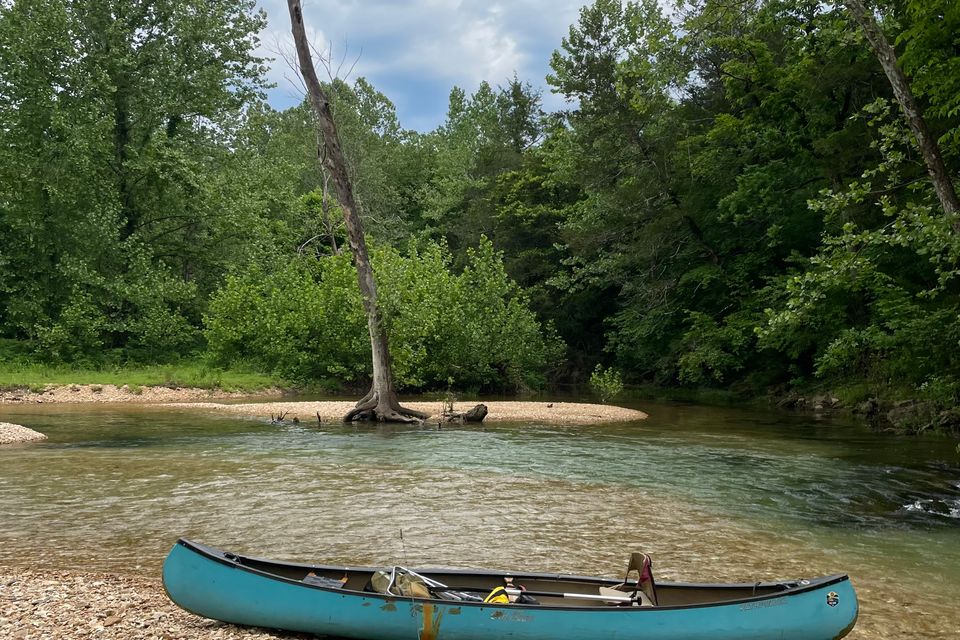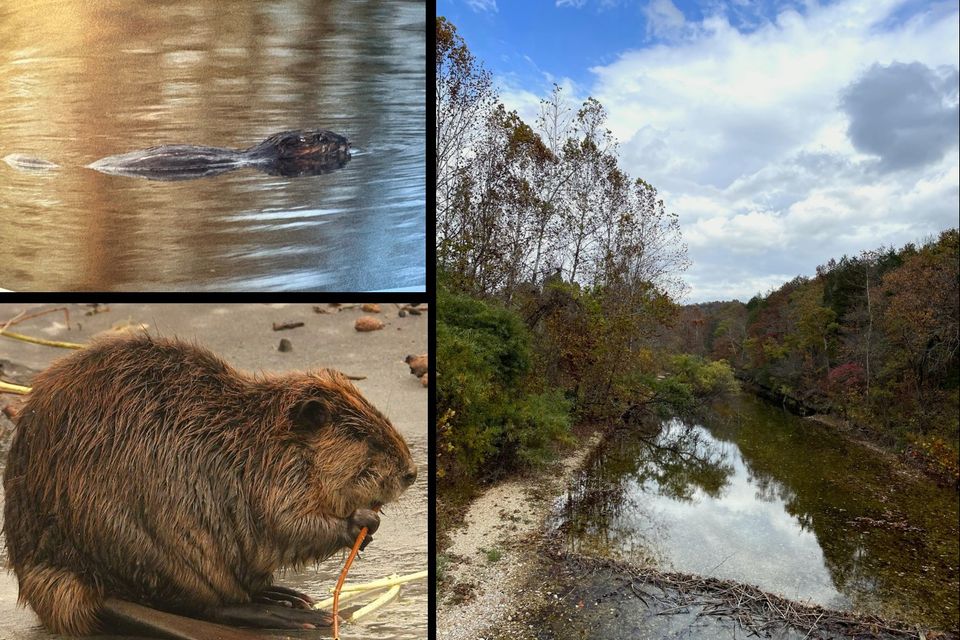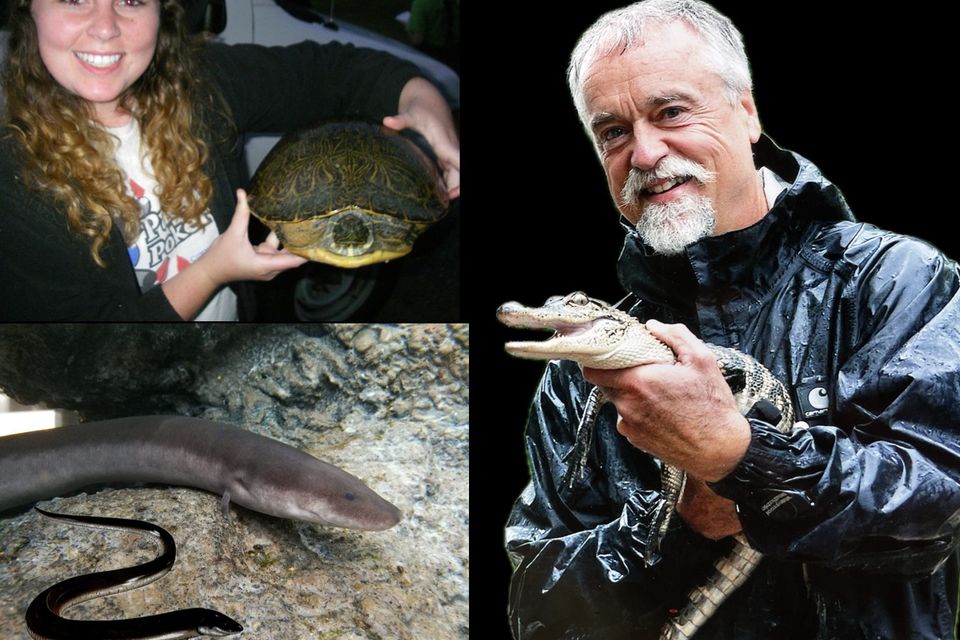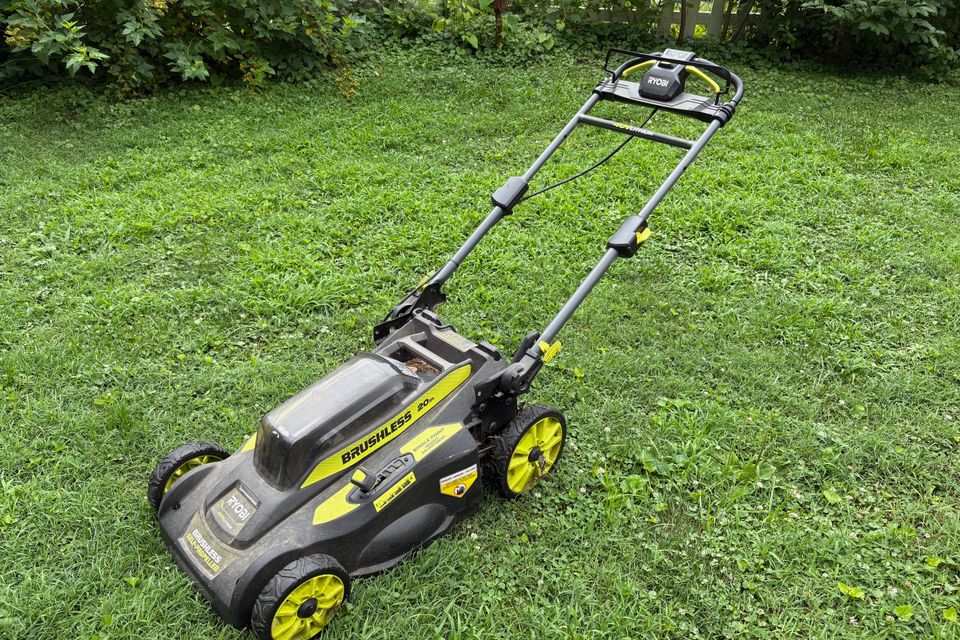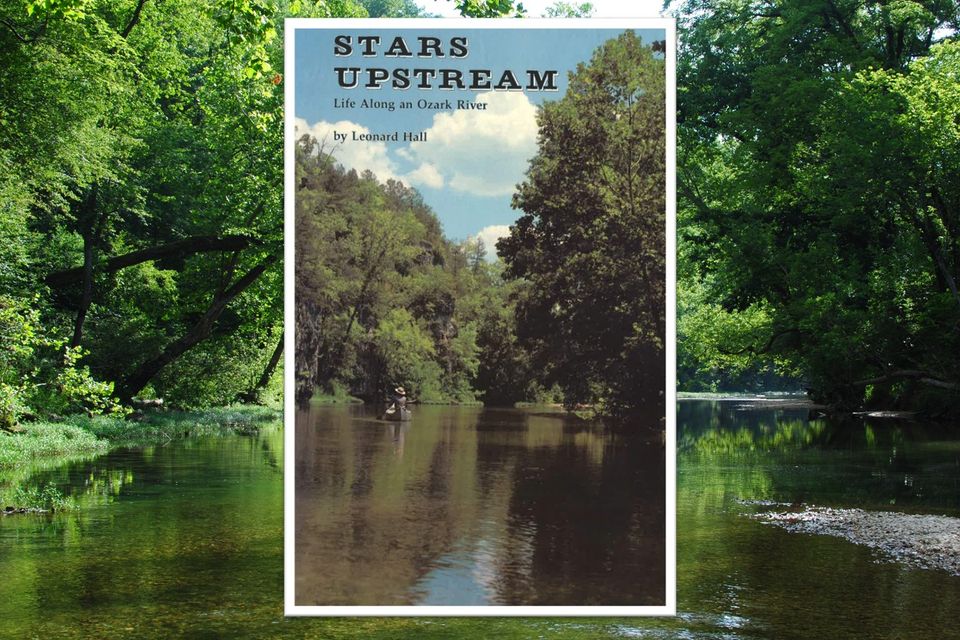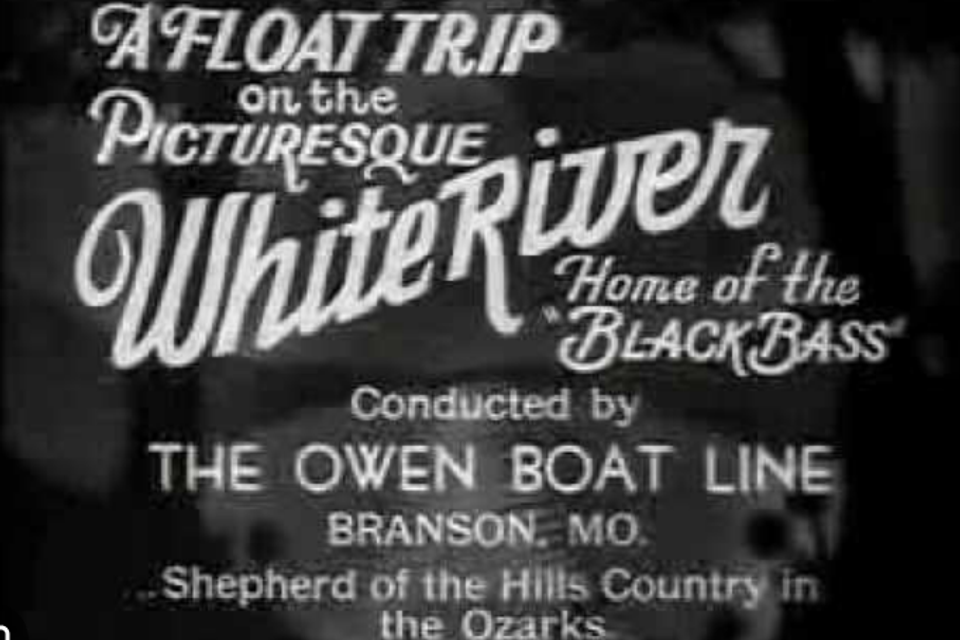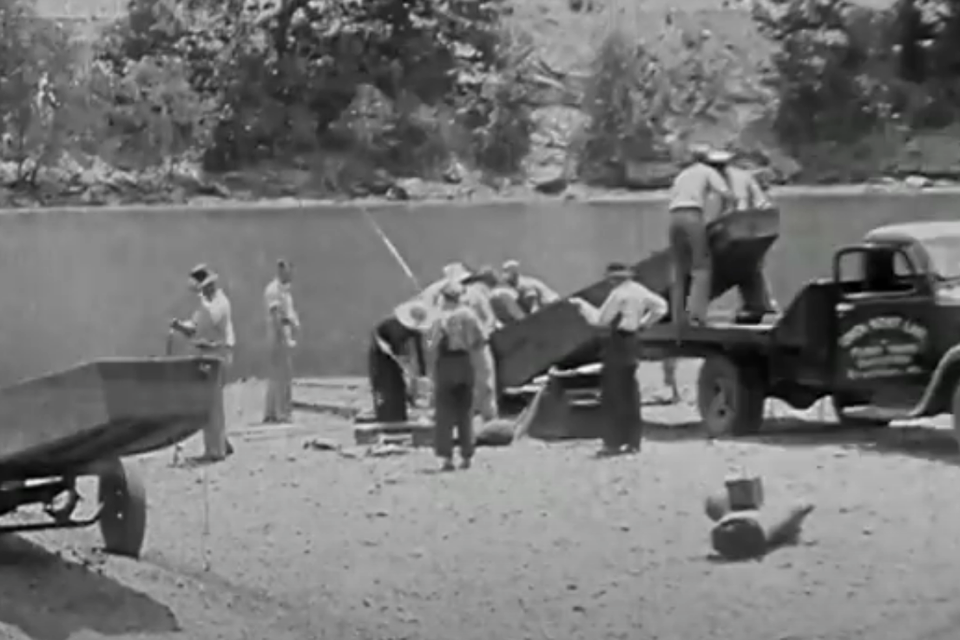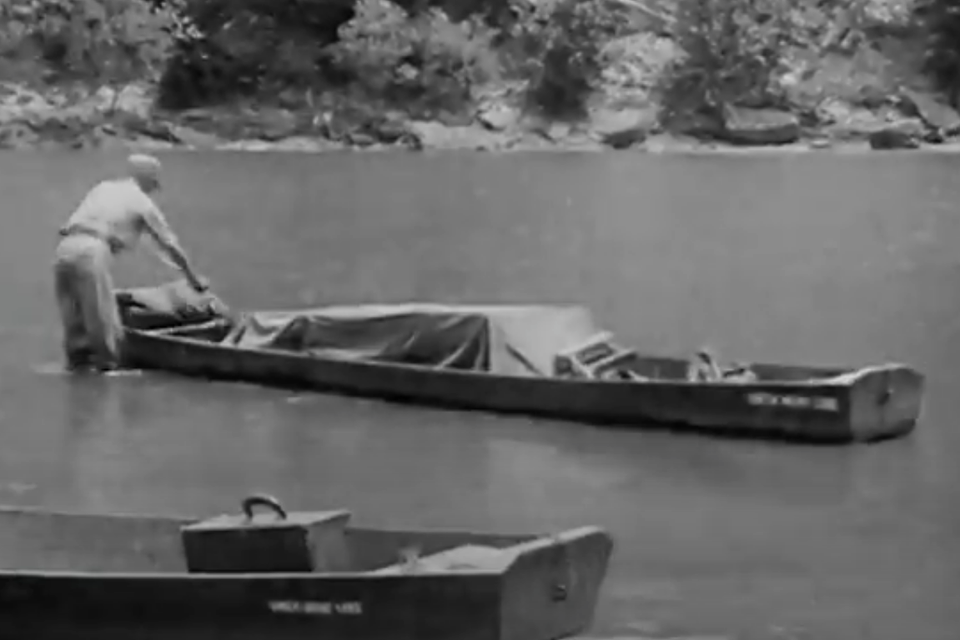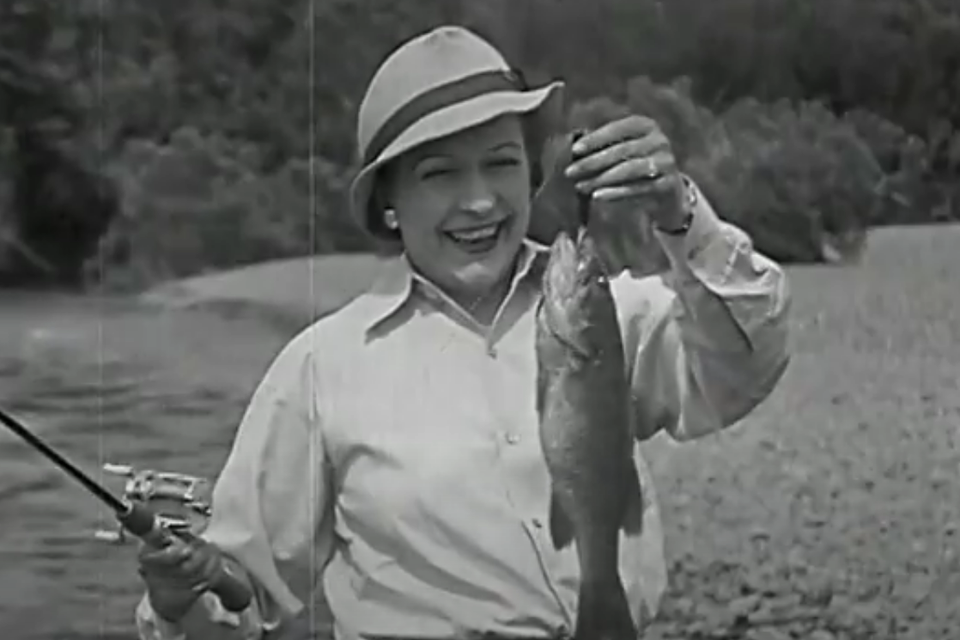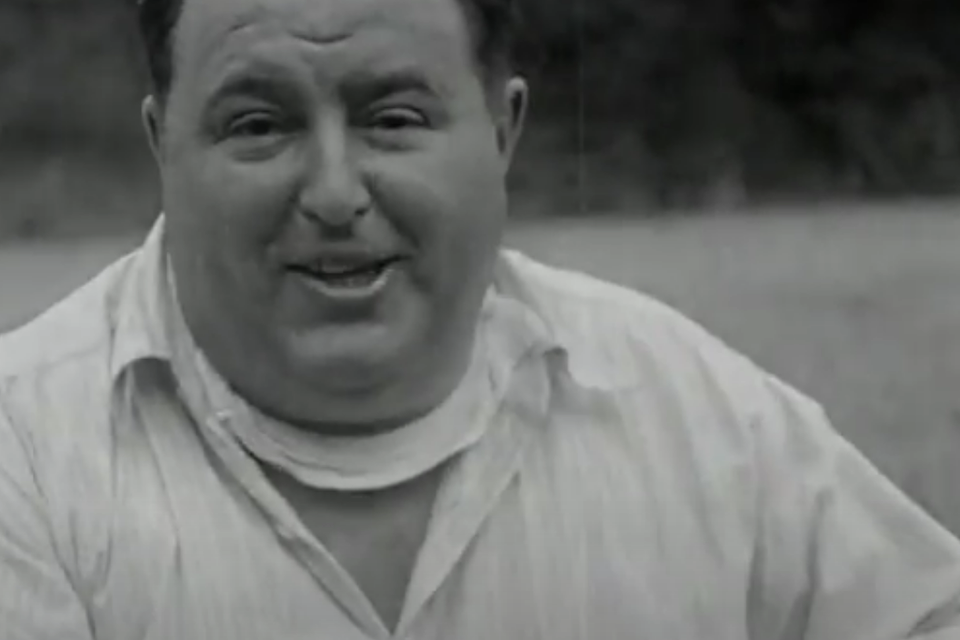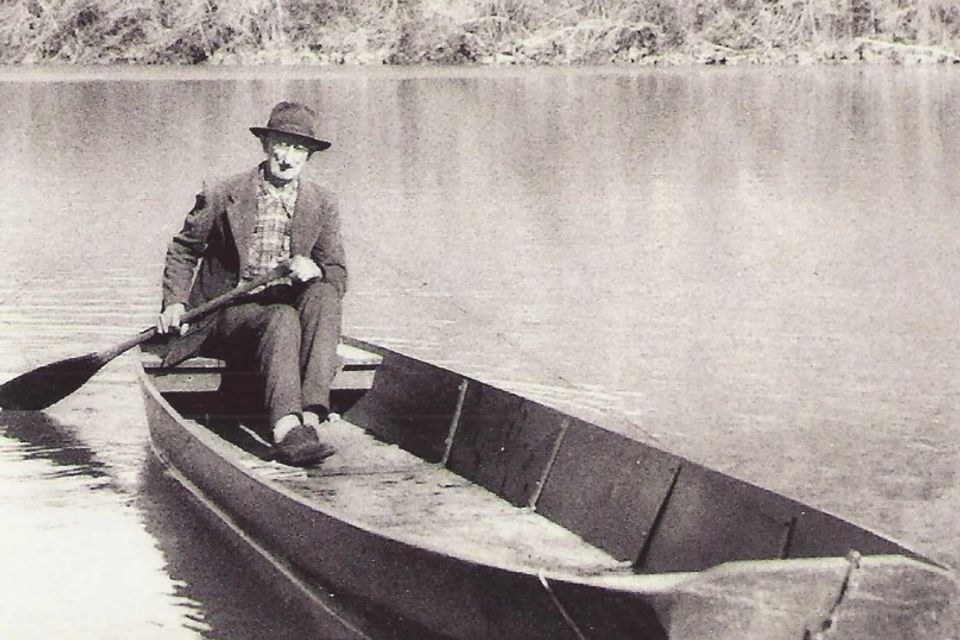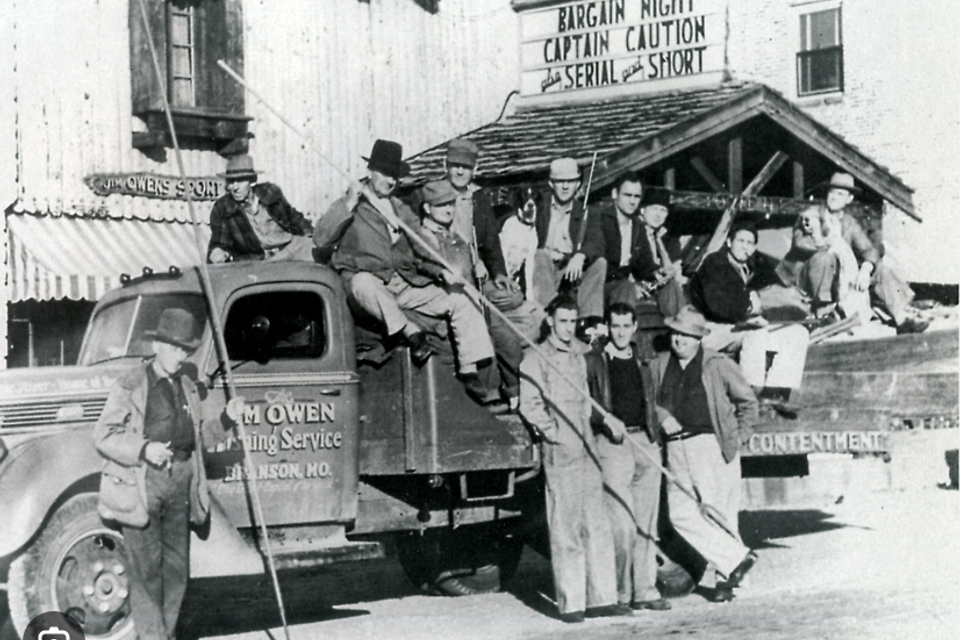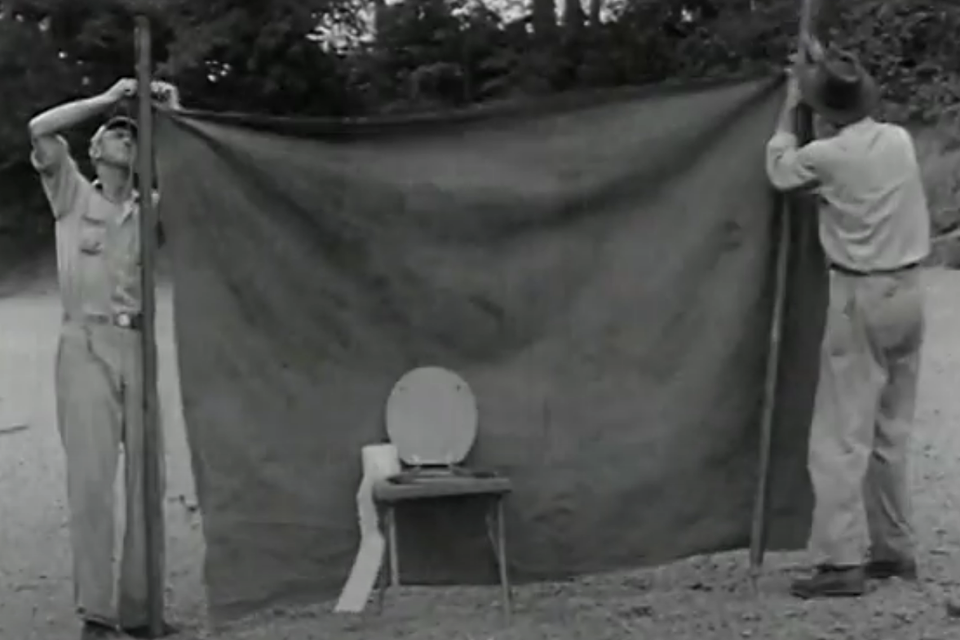'Owed' to the Beaver
My buddy Jud and I used to float the Osage Fork of the Gasconade, putting in below the dam at Orla Mill and taking out at B Highway, about seven miles downstream. The Osage Fork is not easy to float, with fast water, tight turns and often, serious log jams.
But I remember seeing lots of birds and some interesting geology, including several caves. Saltpeter Cave has a wide opening where someone once penned up hogs—not a pretty sight, or smell, even today. Oz Hawksley, in Missouri Ozark Waterways, claims saltpeter, a key ingredient of gunpowder, was once produced from this cave.
I remember camping on a high gravel bar on the Osage Fork. There was a deep pool under the bluff across from us, and behind us, a stagnant slough. In higher water our campsite would be an island. A riffle downstream provided a soothing backdrop for sleep along with the chorus of crickets and katydids. I had fallen into a deep sleep when I was suddenly awakened by a gunshot. I sat up, looking for a weapon—a flashlight, shoe, anything. I heard Jud unzipping his tent. I peeked out of mine, unsure of my next move.
We heard another shot, and at that moment realized it wasn’t guns at all, but the sharp cracks of slapping beaver tails. We tried to go back to sleep, but there were several more reports in the depths of the night, each one startling us from our slumber. The next morning, we groggily dubbed our campsite Beaver Island.
Upon floating downstream, we noticed a beaver dam on a small tributary stream. We saw lots of beaver gnawed sticks at the river’s edge. In deep water below a cutbank we saw a beaver poke its head out, then submerge, and we figured there was a den in the bank below the waterline. We later learned that in larger Ozark streams, which frequently flood, most beavers build dens in streambanks rather than constructing lodges.
I began thinking about the other Ozark streams I like to float, and wondering if beaver populations there were as robust as those we experienced on the Osage Fork. I started to pay more attention to signs of beaver while floating, or even driving. One day I spotted a beaver dam just off I-435 north of Kansas City. Were beavers once plentiful in this part of the state? I began researching the natural history of beavers in Missouri.
I learned that Missouri has a healthy population of beavers today, but nothing compared to what there were at the time when Europeans first settled here. The fur trade in Missouri began early, and by 1800 the Osage had been trading pelts in St. Louis for almost fifty years. Many of those furs came from Missouri beavers. The Osage would wait until late fall to hunt them, when they were active during the daytime, busily gathering food for winter. They were also putting on fat, their coats thickening.
For the Osage, however, beavers were never a large part of the trade. Beavers in Missouri, with its relatively mild climate, never grew dense undercoats—the kind of fur suitable for felting to make hats—like their northern cousins. But when waves of European settlers arrived, they took beaver pelts with abandon. By the 1860s, the beaver population in Missouri had plummeted.
By then, the number of beavers had declined precipitously over much of the continent, especially in northern latitudes and the western mountains. Biologists estimate there were 60 million to 400 million beavers in North America at the time of first European contact. By 1900, there were only about 100,000 left on the entire continent, at least a 99% decrease.
Numbers have grown substantially since then, so that today the continent has an estimated population of about 15 million—still less than one-quarter of the estimated numbers in 1700. What did this massive historic reduction in beaver populations mean for Missouri streams?
Today, the channels of Ozark streams, like the Osage Fork, are deeply incised, with steep cutbanks. Streambeds contain copious amounts of gravel. Where did all this gravel come from? A common notion holds that early logging practices caused gravel to erode from hillsides into streams. But studies have shown that the old methods of selective logging and skidding by animals, leaving stumps in place, didn’t cause excessive erosion.
Probably a bigger erosive factor was the removal of trees from floodplains for growing crops, raising hogs—with their rooting and wallowing—and grazing livestock. Overgrazing of grasses and shrubs in floodplains, denuding them of vegetation, led to greatly increased erosion during floods, releasing slurries of gravel and silt downstream.
But another, earlier factor may have had an even bigger effect—the removal of beavers. To understand how important this factor might have been, consider what beavers did. They dammed hundreds of small headwater streams, backing water into countless ponds. These ponds raised the local groundwater table, keeping aquifers replenished. Dams slowed runoff and reduced downstream flooding. Valley floors became a patchwork of shallow ponds connected by clear, meandering streams, thickly lined with grasses and sedges. Beaver ponds, wetlands, and meadows provided food and habitats for a huge variety of plants and animals, both aquatic and terrestrial.
The relatively sudden removal of beavers from the landscape led to what Ben Goldfarb, in Eager: The Surprising, Secret Life of Beavers and Why They Matter, calls an “aquatic dust bowl.” With beavers gone, dams quickly rotted and washed out. Groundwater levels in floodplains dropped. Streams began eating down into their floodplains once more, moving tons of silt and gravel downstream. Bank and channel erosion increased gravel loads, producing massive gravel bars. These changes largely created the stream forms we see today.
But most importantly, the removal of thousands of square miles of beaver ponds, wetlands and wet meadows dealt a devastating blow to much of the biological diversity formerly found along Missouri streams. Although today’s riparian zones, if adequately vegetated, are critically important to stream health, they provide nowhere near the ecological benefits of the former beaverlands—a remarkable landscape that has largely been lost to us.
Today, biologists realize how important beavers are in shaping the landscape. Goldfarb calls beavers ecological and hydrological “Swiss Army Knives,” capable of “tackling about any landscape-scale problem."
Through their engineering efforts, beavers improve water quality, reduce erosion, mitigate flooding, and fill aquifers, helping to ameliorate the effects of climate change. The life-supporting habitats created by beavers, Goldfarb claims, benefit nearly “everything that crawls, flies and swims in North America.”
Another huge benefit of beavers is being realized today, in a major way.
At one time, there were hundreds of thousands of beavers in Missouri. Myriad ponds held back runoff, allowing fine silt to settle out. Over the centuries, inch by inch, the ponds gradually filled with silt and organic matter. Ponds turned into shallow wetlands, then wet meadows, then dry land, supporting bottomland trees. Eventually, another family of beavers would move in, cutting down the trees, building their own ponds, adding more layers of organic silt. We now know that much of the rich farmland of Missouri resulted from the work of beavers. So, you can say that beaver populations of the past are helping to feed us, and our livestock, even today.
Beavers are shy and largely intolerant of humans. They do best in streams where human activity is at a minimum, like the Osage Fork, which is rarely floated. Where today’s beaver habitats overlap human spaces, the rodents are often pegged as nuisances: cutting down prized trees, for example, or flooding property. We seem to tolerate them only as long as they stay “out there,” away from us, where their activities won’t cause property damage or inconvenience us. We seem to have lost the sense that beavers are, in fact, important for our well-being—especially so in the face of climate change and the astounding loss of biodiversity.
Beavers are critical not just for ecosystem health; they’re important to our quality of life. We need to make room for them. We need to work around them, where necessary, instead of always assuming the answer to any beaver problem is to “get rid of ‘em.” If we would let them flourish, so too would our wetlands and wet meadows that support so much of the wildlife we love to see, photograph, fish for or hunt.
We may never be able to bring back the beaverlands like they once were, but a closer approximation would surely contribute mightily to our future health and happiness. We need to sing a new song, one “’owed’ to the beaver.”
